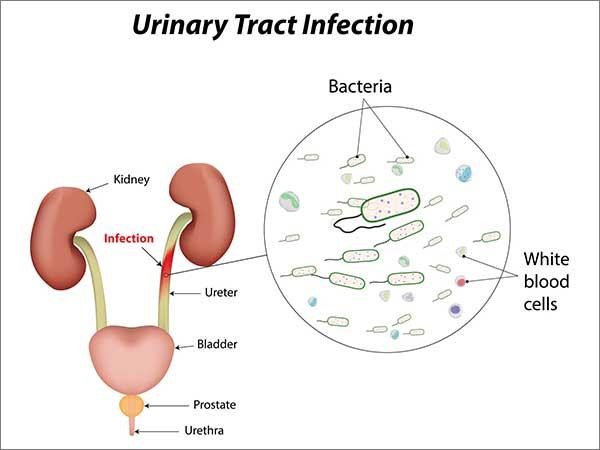A nurse is assisting with data collection of a client with suspected cholecystitis. Which finding does the nurse expect to note if cholecystitis is present?
Murphy sign
McBurney sign
Cullen's sign
Homan sign
The Correct Answer is A
Choice A Reason: Murphy sign is a finding that indicates cholecystitis, which is inflammation of the gallbladder. It is elicited by palpating the right upper quadrant of the abdomen and asking the client to take a deep breath. The client will experience pain and stop breathing in if cholecystitis is present.
Choice B Reason: McBurney sign is a finding that indicates appendicitis, which is inflammation of the appendix. It is elicited by palpating the right lower quadrant of the abdomen at a point one-third of the distance from the anterior superior iliac spine to the umbilicus. The client will experience pain and tenderness if appendicitis is present.
Choice C Reason: Cullen's sign is a finding that indicates intra-abdominal bleeding, which can be caused by various conditions such as ruptured ectopic pregnancy, pancreatitis, or trauma. It is characterized by bruising around the umbilicus due to blood accumulation under the skin.
Choice D Reason: Homan sign is a finding that indicates deep vein thrombosis (DVT), which is a blood clot in a deep vein, usually in the leg. It is elicited by dorsiflexing the foot and squeezing the calf muscle. The client will experience pain and resistance if DVT is present.
Nursing Test Bank
Naxlex Comprehensive Predictor Exams
Related Questions
Correct Answer is A
Explanation
Choice A Reason: Contacting the health care provider is the first nursing action that the nurse should perform, as it indicates that the client may have compartment syndrome, which is a medical emergency that requires immediate intervention to prevent tissue necrosis and nerve damage.
Choice B Reason: Administering PRN pain medication is not the first nursing action that the nurse should perform, as it may not relieve the pain and may mask the symptoms of compartment syndrome.
Choice C Reason: Documenting the findings is not the first nursing action that the nurse should perform, as it may delay the treatment and worsen the outcome of compartment syndrome.
Choice D Reason: Elevating the extremity is not the first nursing action that the nurse should perform, as it may decrease blood flow and increase tissue ischemia in compartment syndrome.
Correct Answer is B
Explanation
Choice A Reason: Black cohosh is not an herbal supplement that can help prevent UTIs, but it may be used for menopausal symptoms such as hot flashes, night sweats, or mood swings.
Choice B Reason: Cranberry juice is an herbal supplement that can help prevent UTIs, as it may inhibit bacterial adhesion to the urinary tract and lower urine pH.
Choice C Reason: Saw palmetto is not an herbal supplement that can help prevent UTIs, but it may be used for benign prostatic hyperplasia (BPH) symptoms such as urinary frequency, urgency, or hesitancy.
Choice D Reason: Echinacea is not an herbal supplement that can help prevent UTIs, but it may be used for immune system support or wound healing.

Whether you are a student looking to ace your exams or a practicing nurse seeking to enhance your expertise , our nursing education contents will empower you with the confidence and competence to make a difference in the lives of patients and become a respected leader in the healthcare field.
Visit Naxlex, invest in your future and unlock endless possibilities with our unparalleled nursing education contents today
Report Wrong Answer on the Current Question
Do you disagree with the answer? If yes, what is your expected answer? Explain.
Kindly be descriptive with the issue you are facing.
